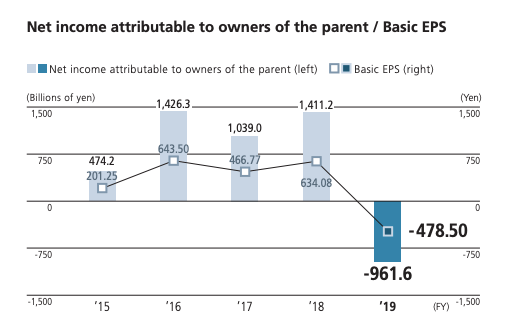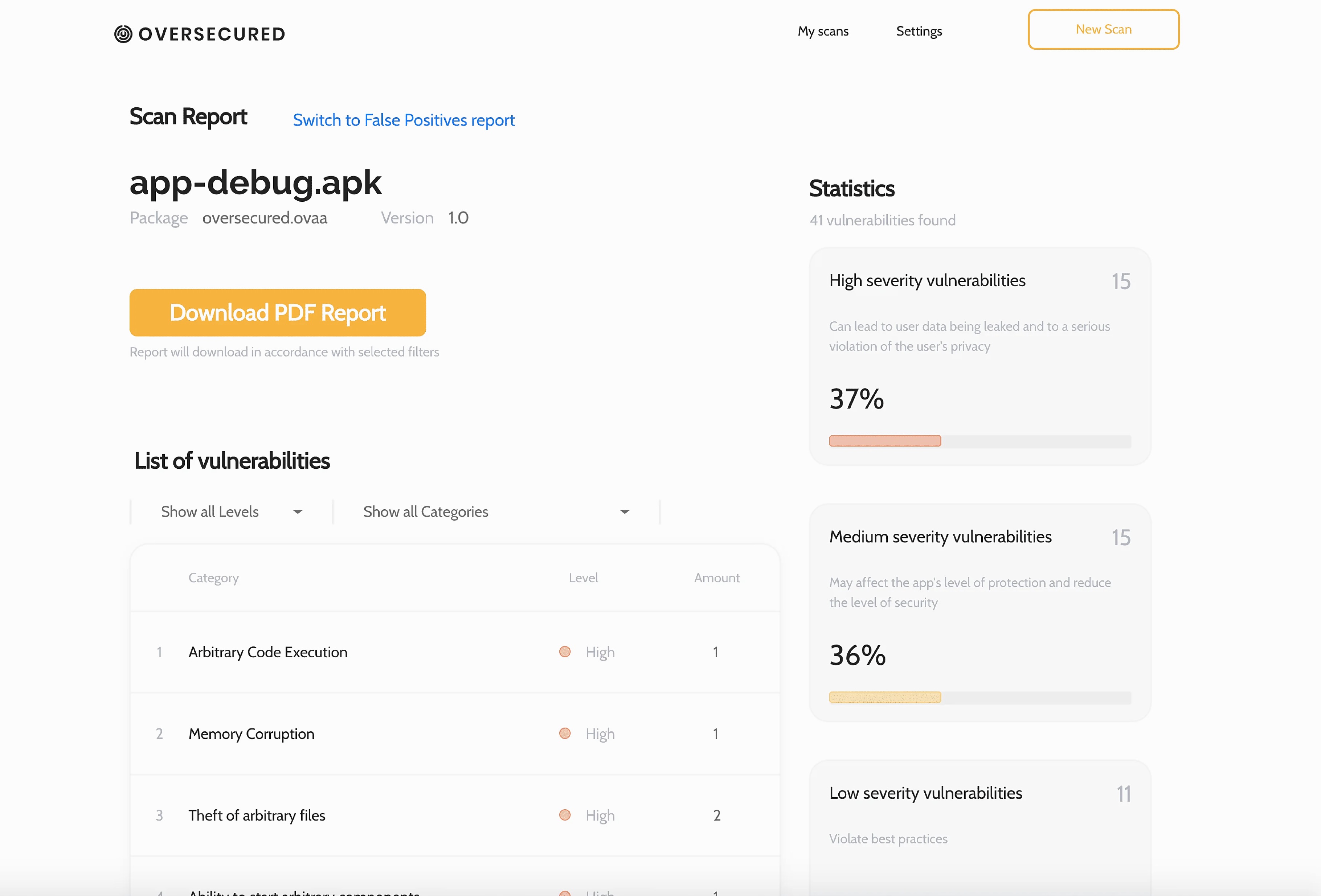Menlo Security, a malware and phishing prevention startup, announced a $100 million Series E today on an $800 million valuation. The round was led by Vista Equity Partners with help from Neuberger Berman, General Catalyst, JP Morgan and other unnamed existing investors. The company has now raised approximately $250 million.
CEO and co-founder Amir Ben-Efraim says that while the platform has expanded over the years, the company stays mostly focused on web and email as major attack vectors for customers. “We really focused on a better kind of security outcome relative to the major threat factors of web and email. So web and email is really how most of the world or the enterprise world at least does its work, and these channels remain forever vulnerable to the latest attack,” Ben-Efraim explained.
He says that to protect those attack surfaces, the company pioneered a technology called web isolation to disconnect the user from the content and send only safe visuals. “When they click a link or engage with a website, the safe visuals are guaranteed to be malware-free, no matter where you go or you end up,” Ben-Efraim said.
With a valuation of $800 million, he’s proud having built his company from the ground up to this point. He’s not quite ready to discuss an IPO yet, but he expects to take this large influx of cash and continue to grow an independent company with an IPO perhaps three years out.
With an increase in business and the new capital, the company, which has 270 employees of which around 70 came on board this year, hopes to continue to grow at that pace in 2021. He says that as that happens the security startup has been paying close attention to the social justice movements.
“As a management team and for myself as a CEO, it’s an important topic. So we were paying close attention to our own diversification goals. We want Menlo to become a more diversified company,” Ben-Efraim said. He believes the way to get there is to prioritize recruiting channels where they can tap into a wider variety of potential recruits for the company.
While he wouldn’t discuss revenue, he did say in spite of the pandemic, the business is growing rapidly and sales are up 155% in terms of net new sales over last year. “The momentum for that being customers specifically in critical infrastructure, financial services, government and the like are seeing an uptick in attacks associated with COVID, and are looking at security as essential in an area that they need to double down on. So despite the financial difficulties, that’s created a bit of a tailwind for us strangely in 2020, even though the world economy as a whole is clearly being challenged by this epidemic,” he said.










